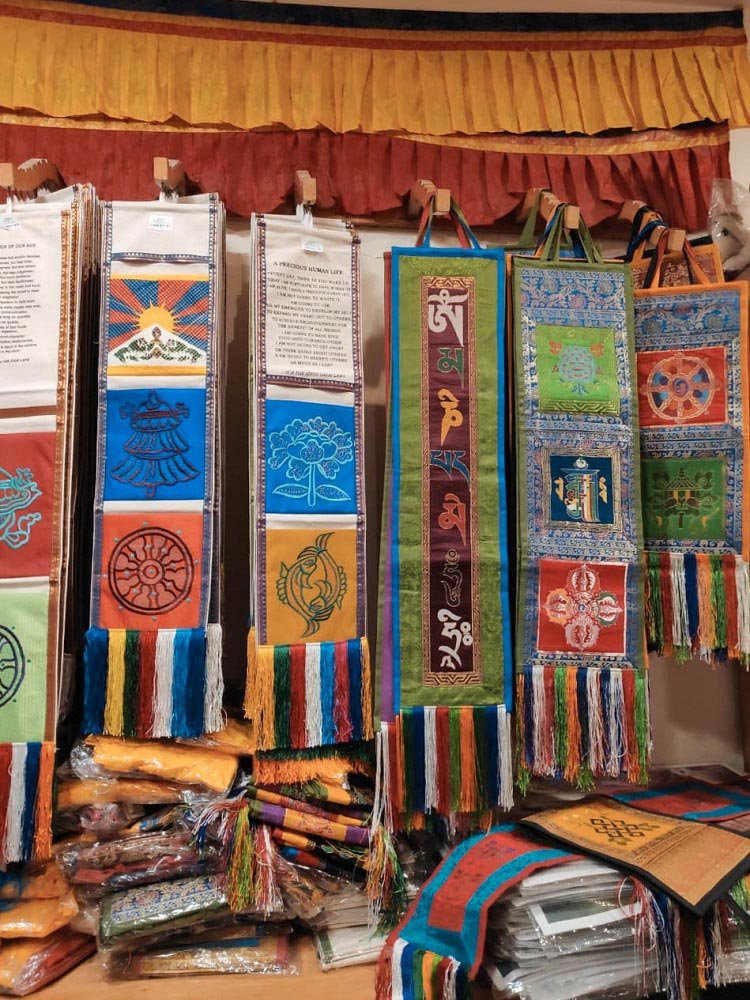By Jamyang Lhamo |. 30th August 2022
A Tibetan refugee born in India

As a child, I did not know that the term “refugee” would become a part of my identity because I always thought I belonged to the place I lived in. I was born and brought up in India, but the realization that I was a refugee dawned on me as I grew older. I grew up in a Tibetan community which was surrounded by neighbors who spoke different languages, but I never realised it was because we belonged to different countries. Elders did not speak of such things to children.
Growing up, I studied at the Tibetan Children Village school (T.C.V) where a majority of my classmates were from the Tibetan community. We were taught prayers, basic etiquette, cooking and cleaning, apart from our studies. Our school taught each one of us that we were interdependent. In fact, the motto of our school was “Others before Self”. The older students looked after the younger children and cooked food we ate with the help of a matron, while the younger ones did the cleaning.
After I started going to school, I began noticing these differences. For instance, I realized my Indian neighbors don’t go to the same school as me nor did their morning assembly have two national anthems like ours did. While we celebrated national holidays such as Gandhi Jayanti as our own, the Tibetan national holidays were not celebrated in my friend's school. I loved celebrating the different Indian holidays because they felt like a celebration of my own.
In secondary school, we were taught our national history and the reasons why people from my country fled. These history lessons made me realize that I was not a citizen of the country in which I lived. Sometimes it scared me; to not know where I belonged and that I didn't actually belong to the country I called home my whole life. These feelings were accompanied with sadness for those suffering back in Tibet. Having learnt about Tibet’s history in school, I started using my holidays to ask my great grandmother, my Ayi, to tell me about her life back in Tibet. I still remember that she never spoke about her struggles but only told me how she used to farm and that we owned animals. This part of my family’s history made me happy.
After school, I went to NLSIU (National Law School of India University). It felt like a cultural shift for me to be living with friends who belonged to different cultures and countries. It was during this time that my family realised that I was old enough to hear more about the struggles of my paternal grandmother, maternal granduncle and others who had fled Tibet. I was told stories of trauma, hardship and of resilience; how we lost family members while they fled from Tibet to take refuge in India; how when they walked from Tibet, they faced unimaginable hardships, like boiling their leather shoes to drink the soup and eat the leather so they would not die of hunger. These stories saddened me, but also made me feel stronger and grateful that we now lived in a safe place provided for by the Indian government.
After a point in college, I wanted to do something that could be of help, no matter how small, to people who belonged to vulnerable communities such as refugees, women or children. When I first explained my work at MAP to my family, all of them were extremely happy. As it turned out, my grand uncle was the most so, knowing that I would be working for a good cause. Working as a legal representative and interacting with people seeking refuge in India under UNHCR’s mandate, I can relate to the uncertainty they feel. I feel grateful for the assistance I could provide in helping them secure refugee cards; to ease their uncertainty. The gratitude my clients express and the happiness they experience helps me overcome the mental exhaustion of this work and makes me feel like I achieved something worthwhile.
As a Tibetan refugee, born in India, who is also a human rights lawyer, I want to continue working for vulnerable communities in the hope of offering them a better life.

